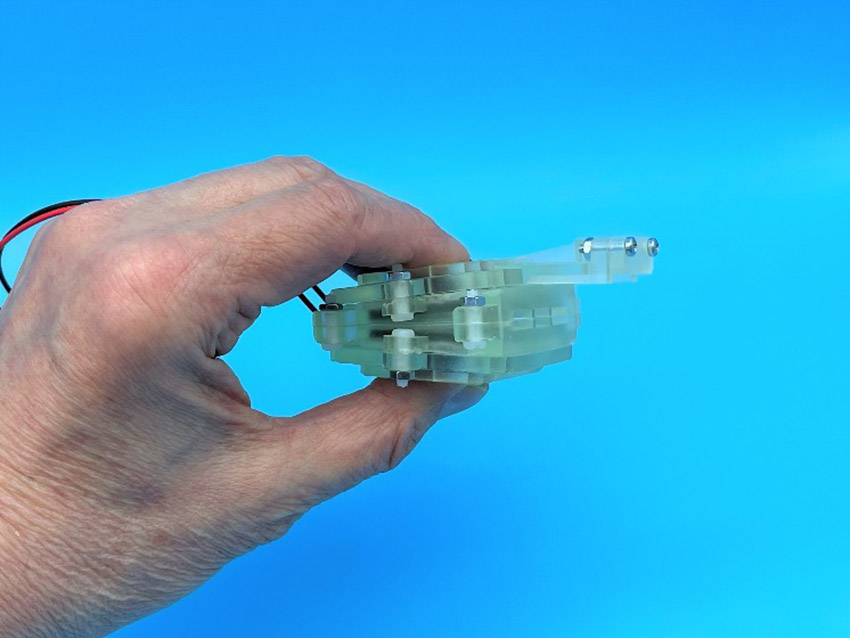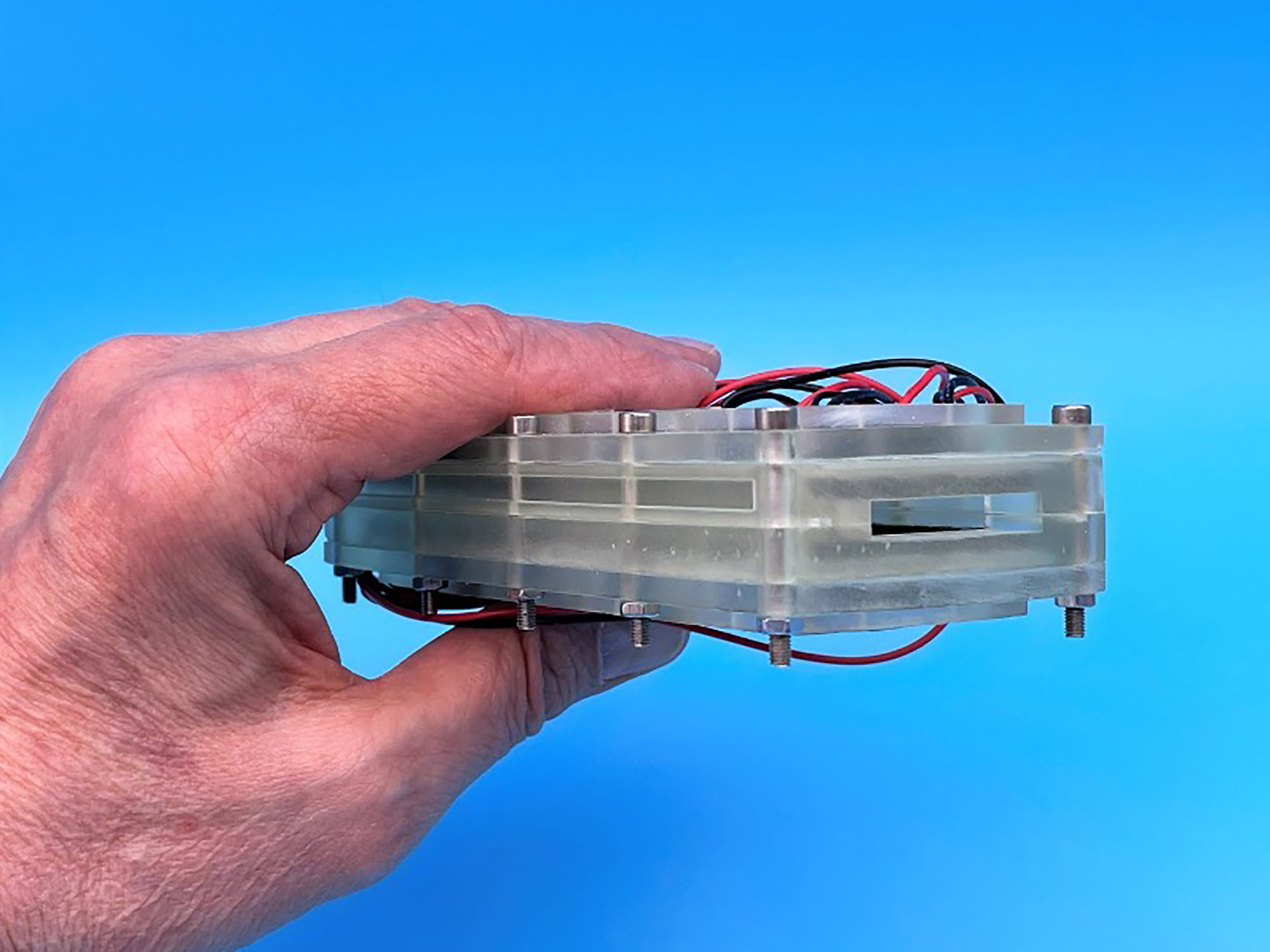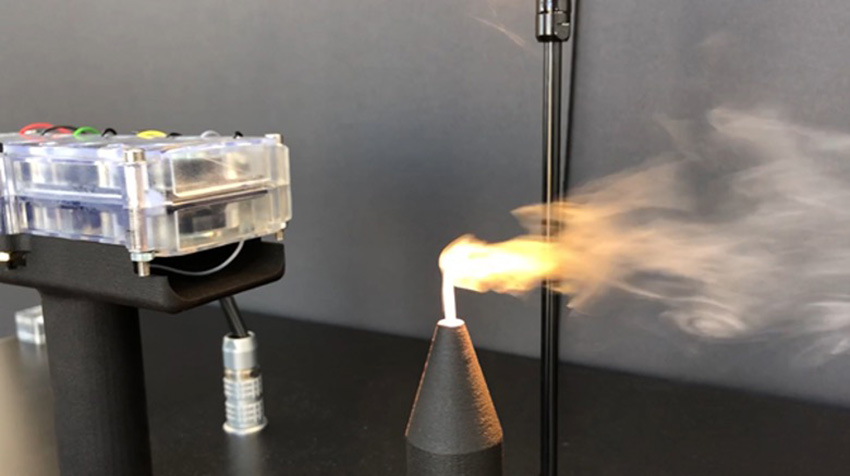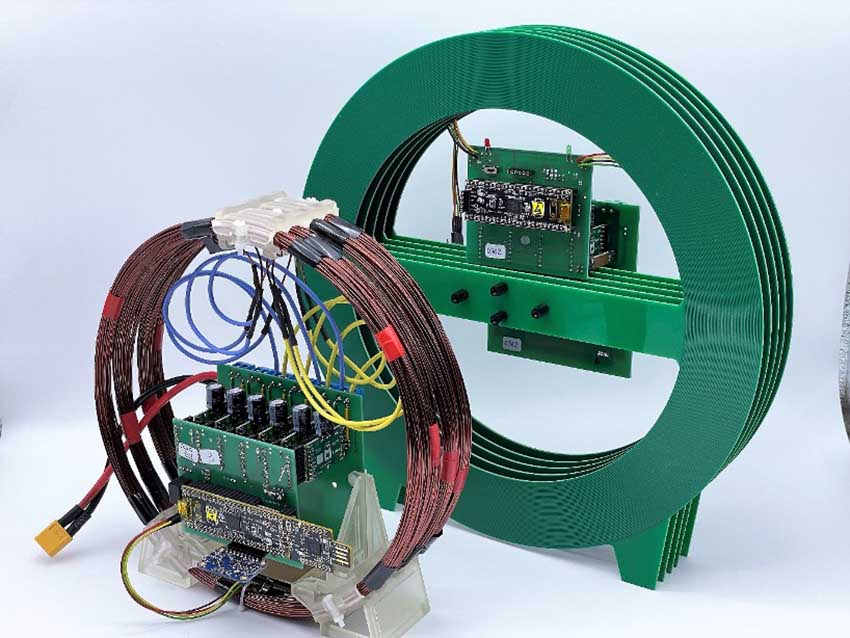“As a physics student, more than 40 years ago, I invented an “engine” which has now found it’s time and place, and which I believe will play a major part in the future of our mobility: a Magnetic Cloud Acceleration (MCA) Drive Unit. These drive units are easy to build, use less raw material, and are powered by renewable electrical energy to move objects and people around either here on earth and or into outer space. We all wonder how we will be able to replace jet-engines, car combustion engines or space rockets without limiting our freedom of movement. The pollution free MCA drive invention may be the answer to so many big questions.” – Dipl.-Ing/Dipl.-Phys. Lutz A. May, CEO at Tomorrow’s Motion.
Interview with Dipl.-Ing/Dipl.-Phys. Lutz A. May, CEO at Tomorrow’s Motion.
Easy Engineering: A brief description of the company and its activities.
Lutz A. May: My company is called TOMO, which stands for Tomorrow’s Motion. And that is exactly what we are developing; the technology for a new, futuristic way to move. To move objects, vehicles, even people, on land and water, in the air and in space, without the use of mechanical moving parts and in an energy efficient way. I call this technology Magnetic Cloud Acceleration. We are a new self-funded, research company, located near Munich, and our technology is based on physics and electronics principles using magnetism. My team and I have decades of experience in using magnetism with numerous patents for non-contact torque sensors – that E-bike you ride probably has one of our developed sensors inside!
E.E: What are the main areas of activity of the company?
L.A.M: Our main area of activity in TOMO is in developing a drive-module that replaces a traditional combustion engine or any other type of rotary engine. There are no moving parts, it uses a fraction of the raw material of current engine designs and can be powered by renewable energy. Imagine cars, ships, spaceships, aeroplanes, able to move in any direction, at low cost and without polluting planet earth. Probably most exciting is MCA’s use in space and space travel. One drive-module propels the rocket seamlessly from the earth’s surface into orbit and then beyond, using the sun’s energy.
And we are developing another system, an off-shoot of the MCA drive-module, which is a Solid State Pump (SSP) jet drive to propel astronauts around in the space station.

Compact sized and powerful air-jet drive that can be used in presurised space stations to move around goods and objects and can assist the astronaut in navigating through the laboratories. All that is needed is electric power. There are no rotating parts instide which makes this SSP Gas-jet drive maintenance free.
E.E: What’s the news for 2021 about new products?
L.A.M: We are finding new applications for both of the drives all the time.
The MCA drive modules can be used in any medium – even outer space! We are currently developing the technology to propel any sized object through the space vacuum, powered only by solar energy. The drive module is highly reliable, and it will eliminate the need for space missions to maintain the equipment.
The SSP jet drive module can be installed in a smart buoy, to keep it in place on the ocean. No need for anchorage, and maintenance free from seaweed or shell-growth as there are no moving parts. The SSP jet drive module is placed inside the buoy and stabilizes the buoy’s position on the surface of the sea at any location around the globe, powered only by solar and wind energy. Traditional equipment used to anchor scientific buoys are limited to ocean depths of around 40 metres. Our drive modules make it possible to keep using expensive scientific buoy equipment at locations that have been off-limits in the past as the traditional buoys will drift off from their targeted position.
The SSP jet drive technology can also be used to make ultra-flat and efficient air-ventilation or air-conditioning units, for industrial, home, and passenger cabin use. Again, no moving parts inside and easy to retrofit in areas with limited space available.
E.E: What are the ranges of products?
L.A.M: As I have mentioned, the possibilities for my MCA and SSP technologies are endless. Depending on the required power range, an MCA drive-module can be as small as a lunch-box or as large as a school bus, and the gas-jet drives can be miniaturized to the size of a matchbox. So size is not an issue.
At what stage is the market where you are currently active?
The transportation market, whether cars or rockets, is rapidly moving forwards, away from traditional combustion engines and rotary electric motors, and TOMO’s technology is readying to replace them. And commercial space travel, whether SpaceX, Virgin Galactic, or Blue Origin etc, is growing and we have products for them too.
Innovative companies investing in electric cars and space exploration will require TOMO technology to become top competitors in the market.
Away from transport, the rise of modern housing architecture and design require advanced ventilation systems; in fact, the SSP ultra-flat air-con unit is so small and maintenance free it could be retro-fitted into existing side walls.
E.E: What can you tell us about market trends?
L.A.M: It is essential for businesses to move away from fossil fuels and find alternative technology to generate and convert energy. Transportation of goods and people is one of the largest sources of pollution. For many decades, the transition away from fossil fuels has been resisted and too slow to combat the rise in greenhouse emissions. To maintain future growth and also sustainability there is an unarguable demand for green energy solutions that reduce the demand on finite resources and satisfy the growing trend for consumers to live ‘green’.
E.E: What are the most innovative products marketed?
L.A.M: I believe the MCA Propulsion Drive is a technological revolution and exceeds any other product currently on the market. Products based on our technology were once only imagined in sci-fi movies and now TOMO is making this future dream a reality.
E.E: What estimations do you have for 2021?
L.A.M: At present, our technology is providing unforeseen advancements to how we live. This year, TOMO is focusing on pushing the capabilities of the MCA Propulsion Drives and SSP Gas Jet Drives to harness more power and speed.
Our R&D team is executing an extensive test program to explore the robustness and sensitivities of the system when operating in various environmental conditions.
The Technology
Our MCA Technology is based on magnetic physics. We use some of the more recently understood properties of magnetic fields to create propelling forces. We found and invented ways that allow us to propel larger magnetic field structures in the desired direction and with this create a controllable force to move an object.
The technology demonstration devices we have produced work on water (installed in a float), in air, on land, and at outer space. The MCA drive module can be installed inside the object that has to be pushed forward (moved) or can be attached from the outside onto the object.
The generated propulsion force is subject to the physical size of the generated magnetic field structure (magnetic cloud) and the operational frequency (how often a propulsion force generating impulse is created per second).
When the chosen operational frequency is at the upper GHz range, then the magnetic field emitters are no longer circular air-coils. At that frequency a larger array of magnetic field emitters begin to look like the spikes of a hedgehog or like a smaller section of a stopple field.




